The charm of an old house is felt the second you set your foot into one. That distinct smell of aged possibly reclaimed wooden furniture, the gentle creaking of floorboards, as well as all the tiny ornamentation and details that have long been out of style but have a rustic appeal to them. There is no doubt that many homeowners are in love with older aesthetics and homes that are designed to look aged. But the next time you look through some charming old houses for sale, keep certain issues in the back of your mind.
The problems with older houses don’t necessarily have to do with design aesthetics and the appearance of the home itself as much as they have to do with structural stability and construction-related problems. Homes take a very long time to age, but depending on how well the owners took care of them, they may age faster than others. So, if you are in the process of purchasing or selling some property, there are some common issues with older houses you should look out for.
Here are some problems with buying an old house that you should know about before heading in for the first grand tour.
As Good As New (30 Years Old)
Many would refrain from calling houses built 30 years ago “old” but they’re certainly getting up there in age. 30 years is really not that long for a house and you will hardly be able to tell its age if the owners took good care of it. But regardless, some problems will pop up even in a house that is relatively new.
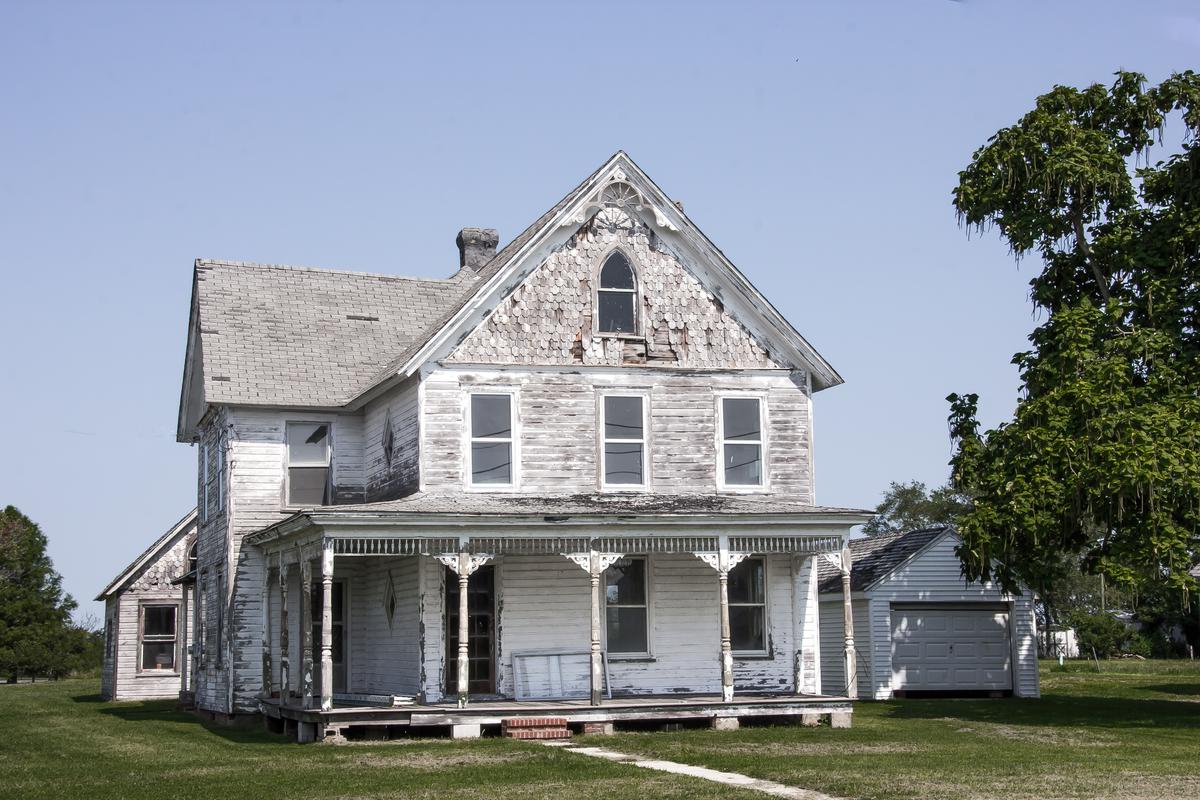
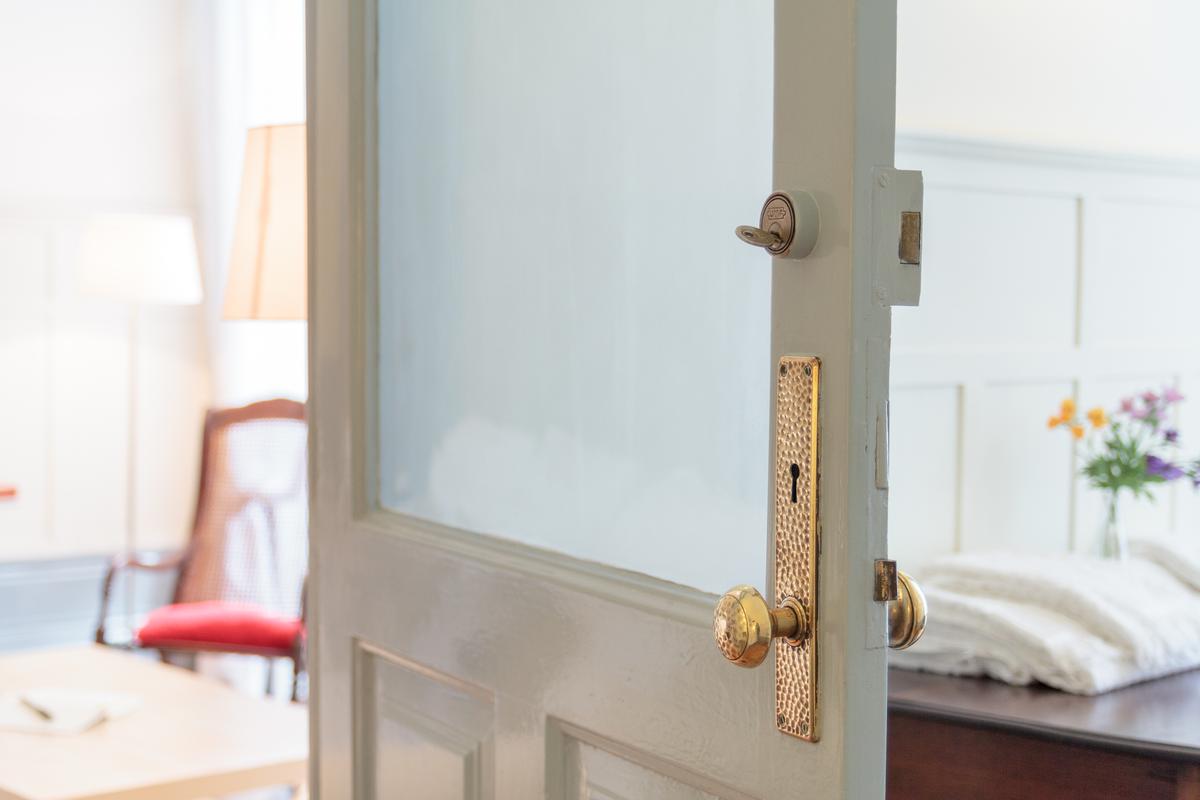
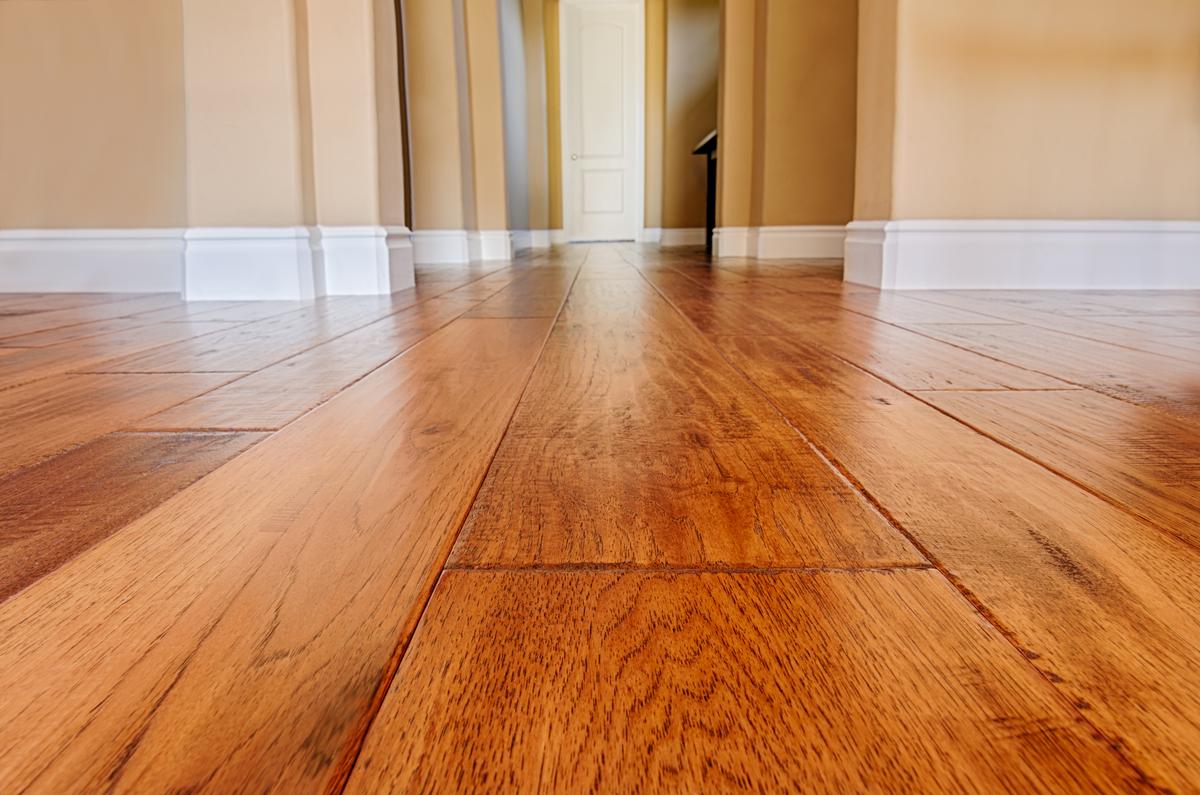
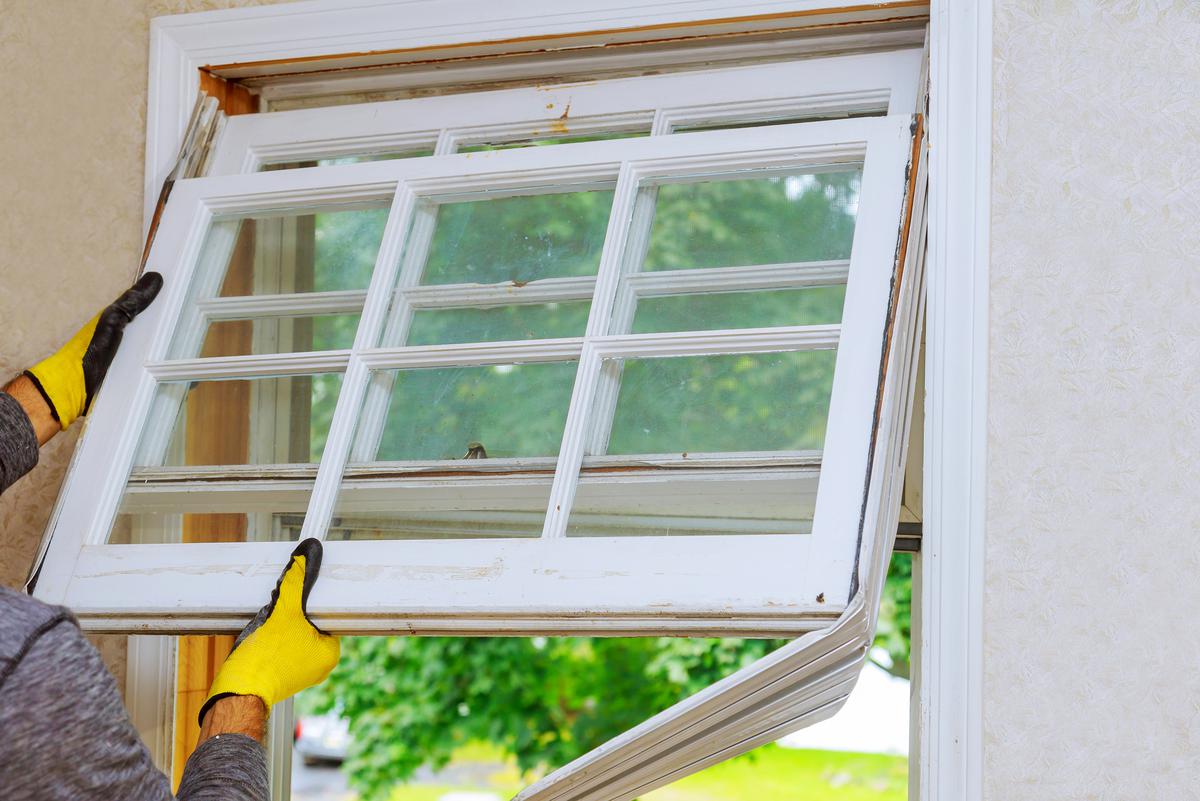
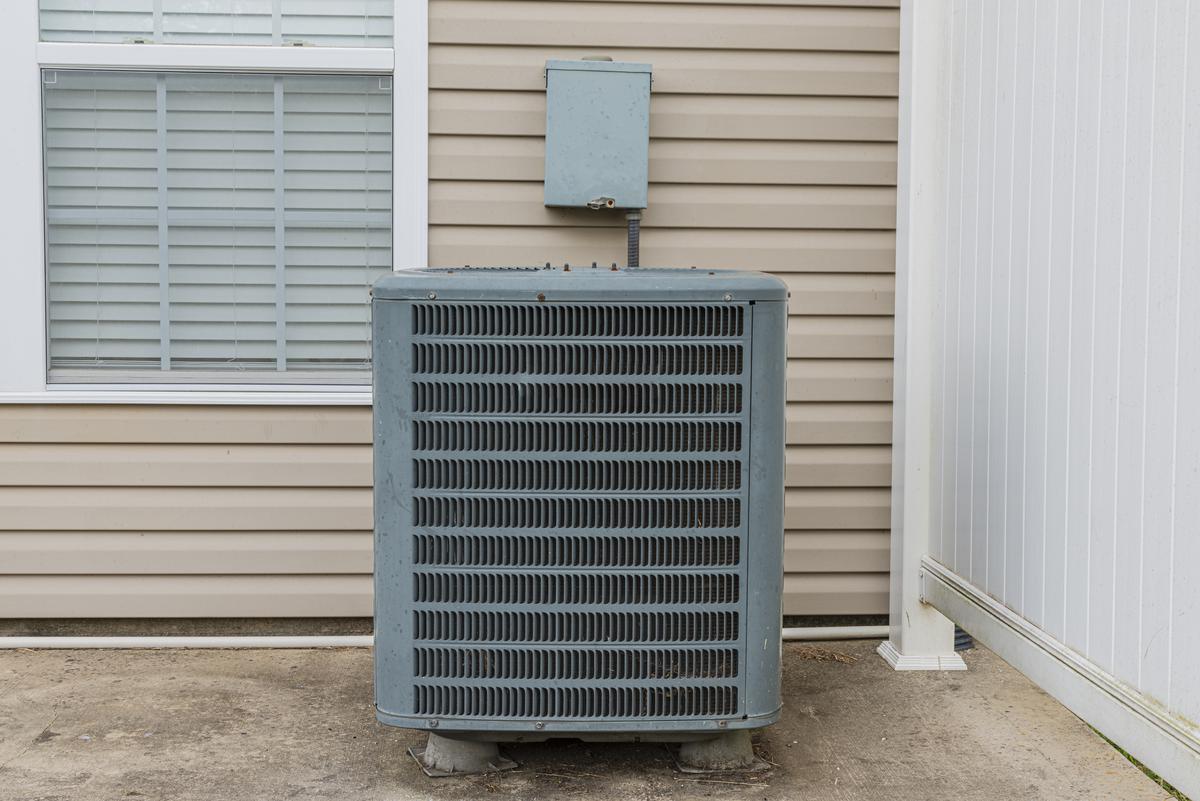
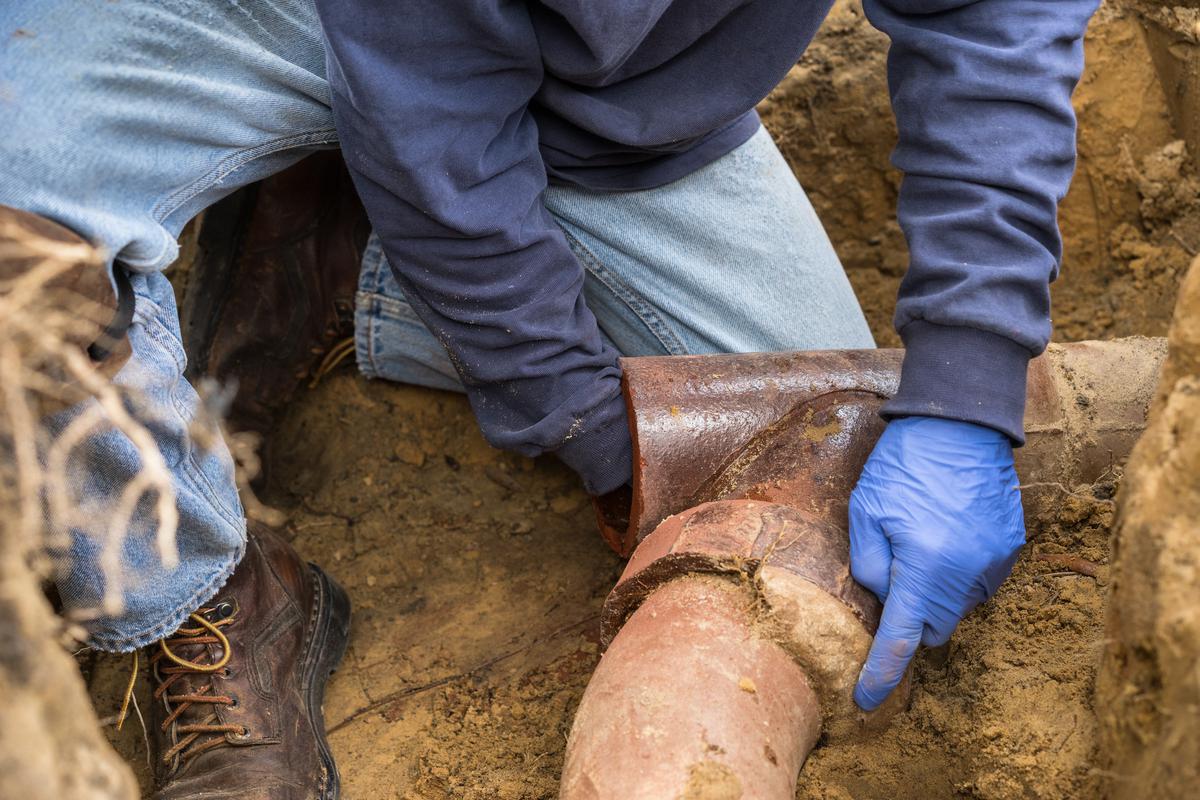
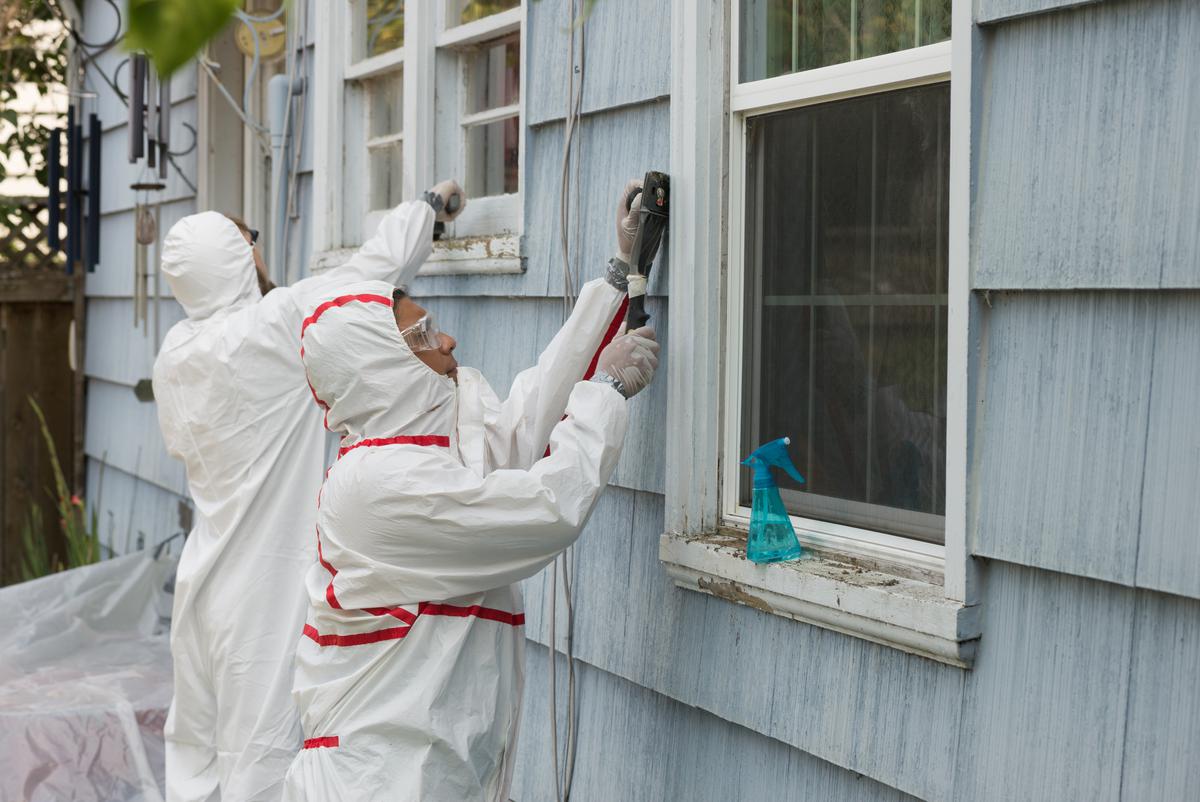
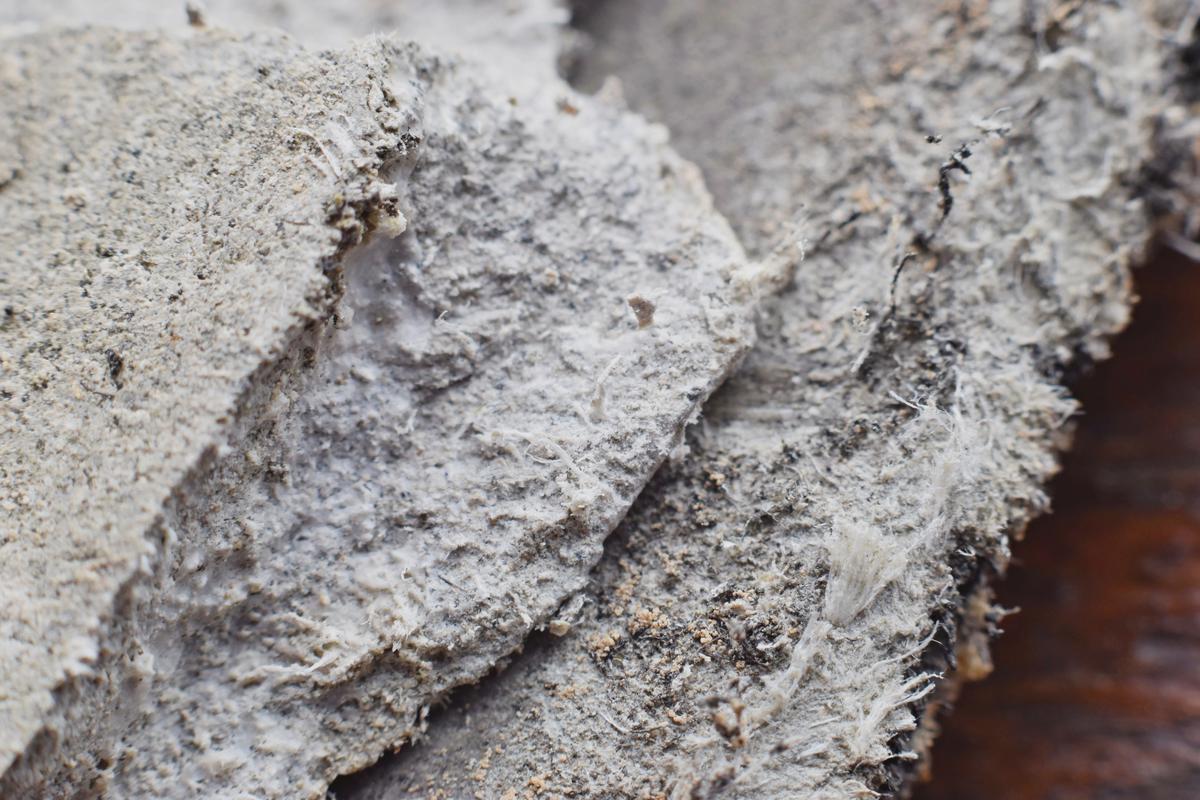
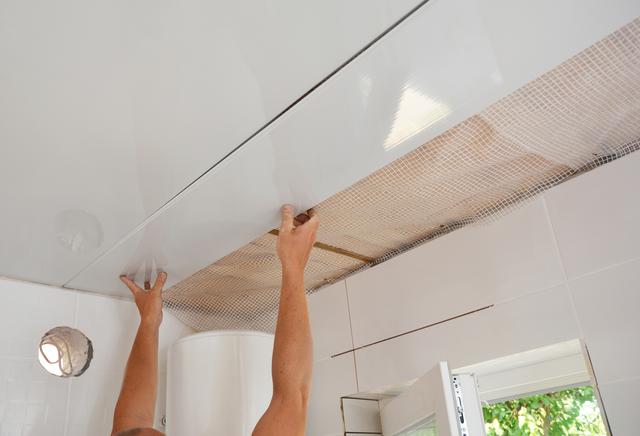
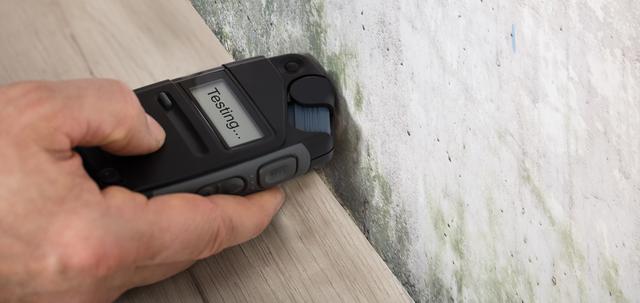
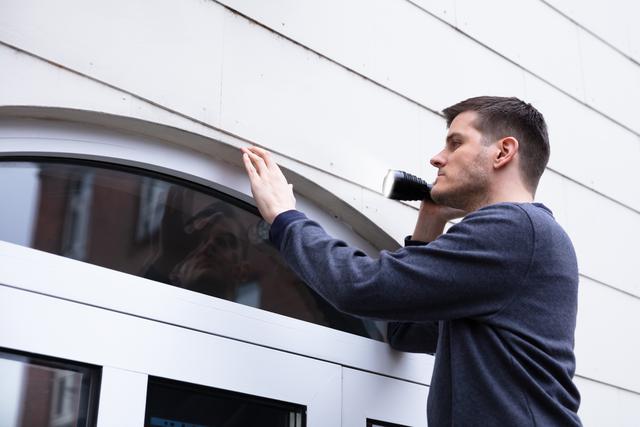
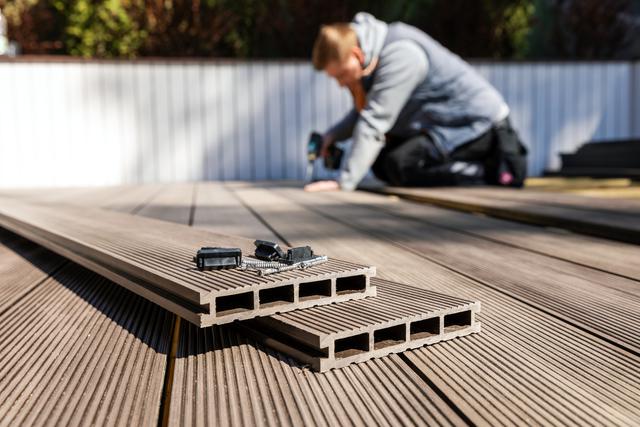
comments